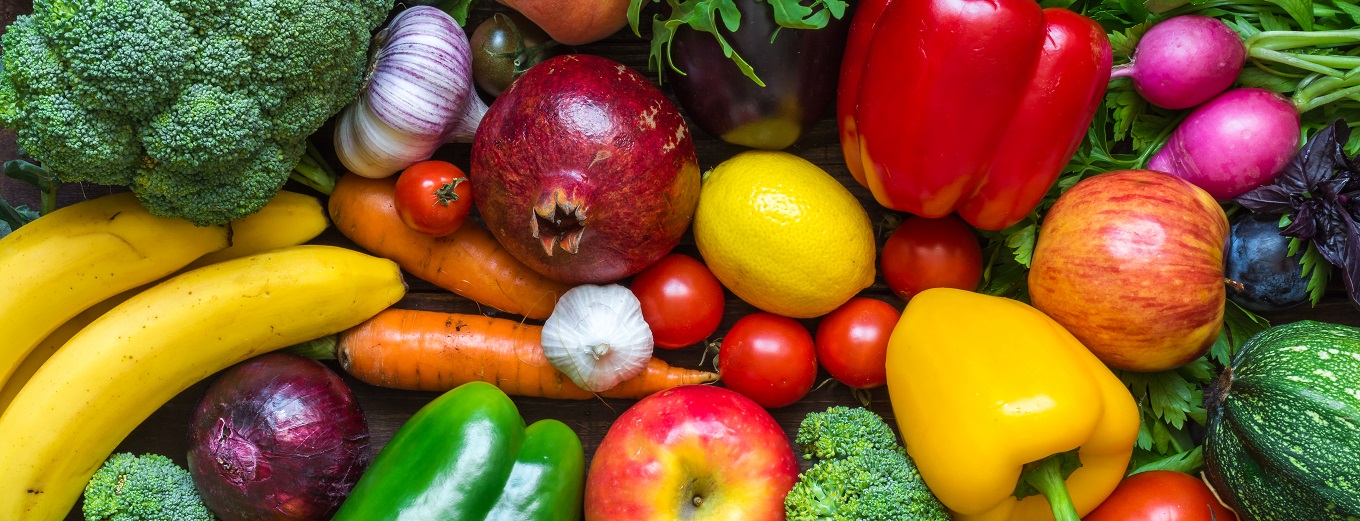A report compares private and public investment in research and innovation in food systems on both the EU and national levels, indicating that public funding contributes to most of funding.
The European Commission published a report with the results of a comparative study of private and public investments in research and innovation (R&I) in the area of food systems at the EU and at the national level. The report is based on a revision of projects funded through FP7 and Horizon 2020, a mapping of available national public funding in R&I for food systems in the EU Member States (MS), and an analysis of private sector expenditure on food systems R&I. Data was structured according to priorities, pathways and sectors identified by the European Commission’s Food 2030 policy framework to assess investments on different priorities in food-related sectors. Food systems R&I is deployed via Horizon Europe instruments, including the Missions, food-related Partnerships, and calls for proposals within Cluster 6.
According to the report, from 2007 to 2020, around €18.4 billion (representing 15%) of EU R&I funding was provided to projects related to food systems under FP7 and Horizon 2020. Out of it, only €4.8 billion (accounting for 4%) was aligned to the priorities and pathways of the Food 2030 policy framework. However, amounts of funding allocated to Food 2030 priorities and pathways have increased over the last years, and a further alignment at national level can be expected in the upcoming years.
55% of funding was destined for projects in the early stage of the value chain (primary production/food processing), while there were fewer investments in logistics (1%) and food retail (1%). It is important to highlight that from 2012 onwards, a stronger focus on circularity and resource efficiency has emerged, which was then probably reflected in the EU Circular Economy package published in 2015.
When it comes to the national level, 12 EU Member States (MS) have specific R&I policies and initiatives in place to develop food or agriculture, and 12 additional MS include references to food and/or agriculture in their broader R&I strategies. It is also essential to highpoint that the majority of food R&I policies have been introduced after 2016. Besides, between 2007 and 2020, 0.1% to 3% of government R&I expenditure was invested in food systems, being most funding allocated to primary production, while food retail and food services together with networking and knowledge exchange received less funding.
Canada, China, and the USA are the world leaders in food-related R&I, and R&I investments overall. In these countries the private sector has a much higher participation in R&I spending, compared to the EU where R&I investment in food systems is mainly public money. Besides, only the USA has a higher overall R&I expenditure (namely, government, private sector and other spending) compared to the EU-27 average. Moreover, while in Canada and the USA primary production represents around 75% of public expenditure on food systems R&I, China only spends 41% in primary production R&I. China also spends 25% of expenditure in waste streams, which is more compared to the USA and Canada. Finally, logistics and food processing are also important parts of the funding in China.
Regarding private investments in food systems R&I, the study highlights that between 2012 and 2018, around €93 billion was invested in food-related innovation, and that more than half of all R&I taking place in the EU food sector is carried out by German and Dutch companies. Private sector investments are mainly based in the primary production and food processing sectors. Overall, the volume of equity investments in food technologies in the EU trailed behind the volume of equity deals in the USA between 2007 and 2020, and investments deals in the EU tend to be smaller compared to those involving USA-based companies, but in both regions, the number and size of equity investment deals grew on average between 2007 and 2020.
For the future, to support the establishment of a more dedicated and integrated approach on investments in food systems R&I across the EU, MS are encouraged to develop national food R&I strategies aligned with the priorities and pathways established in the Food 2030 strategy and Farm to Fork Strategy. Afterwards, the EC could define with key stakeholder groups indicators and associated metrics, which could be used to collect data on how funded projects contribute to the Green Deal, the Farm to Fork Strategy and the Food 2030 strategy. On the national level, trans-disciplinary policy councils or similar, with representation from industry, civil society, academia, and public administration, could be established to develop and implement holistic food strategies.

